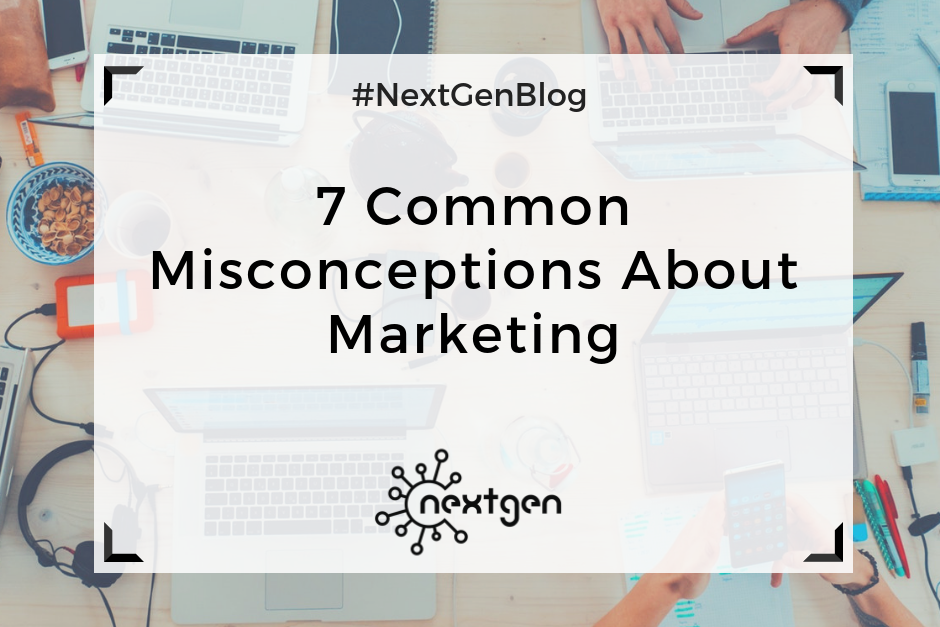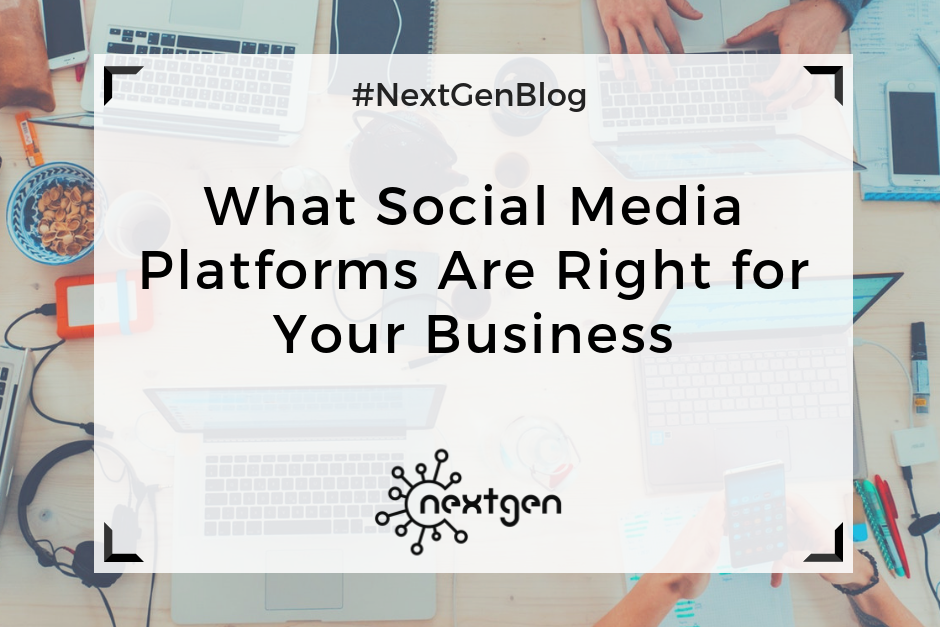
by Sofi | Jul 20, 2018 | Other
Do not underestimate the process of creating a unique brand name as there are over 24 million businesses in the US alone making it difficult to come up with an intriguing one. The steps below will guide you on choosing a brand name that will attract and appeal to your customers to make sure you are ahead of the competition.
#1 Knowing what constitutes a good brand name
Before you start brainstorming brand name ideas for your business, it is important to understand the qualities of typically successful brand names including:
– Suggestive: When consumers hear your brand-name, it should instantly evoke positive connotations and imagery. This is especially important for companies expanding into international markets as the selection of words in their brand names should not express negative meaning in other languages.
– Simple and Short: A brand name consisting of a single word can be memorable and impactful, whereas multiple words can confuse the consumer and be more difficult to pronounce.
– Unique and Memorable: Hearing your brand name for the first time should intrigue consumers and stick in their minds. However, it should also be distinctive enough so that a consumer’s attention is drawn to it when looking at other firms within the same industry.
#2 Researching the Market, Competitors and Consumers
This gives you time to fully understand the market and learn the brand names that competitors are using and identify their weaknesses to create a unique name which fills those gaps.
#3 Think about what your name represents
This is the most significant part of the process as your brand name should ideally provide some insight into the function of your brand and its goals. Since your brand name is an extension of your brand strategy, it is worth going over it. Brainstorming with some key words that you want associated with your brand may also be useful.
#4 The type of name that will be the best fit for your business
Understanding the different categories of brand names and their drawbacks may help you narrow down your list of names and identify which kind is best for your business. Some categories of brand names are:
– Descriptive: (Toys-R-Us, General Motors) These brand names are functional as they instantly convey the brand’s story; however, they are unremarkable and leave little room for interpretation from customers. Thus, they may not be the best option for start-up businesses trying to establish themselves..
– Evocative: (Nike, Amazon) These are compelling differentiators from other brands as they evoke a vivid image and employ suggestion to customers however, companies with these names find it challenging to achieve external alignment with customers.
-Founder: (Ralph Lauren, Ben and Jerrys) These names are easy to trademark, but businesses must be ready to employ more money into marketing efforts to make them stand out. Thus, if your business has a small marketing budget, a founder brand name is not recommended.
#5 Trademark and Domain name availability search
Conducting this search is necessary as it ensures that you find available domain names and pick a name that no one else already owns. Once you have chosen your brand name do not forget to protect it by trademarking it. This makes sure that future competitors cannot use it.
Although having a great brand name can draw customers to your business, do not get too caught up in it because at the end of the day your product is what will make them stay.

by Sofi | Jul 13, 2018 | Other
A lot of businesses struggle with marketing, which is often due to the fact that they don’t correctly understand how marketing works. Maybe your business is not an exception. But having a wrong approach to marketing might cost you a lot: it might lead to customer loss, decreased sales, financial loss, etc.
To help you avoid all that, here’s a list of 7 common misconceptions about marketing you should be aware of:
#1 Marketing is just advertising
This is one of the most common beliefs people have about marketing, and it’s completely wrong. Although advertising is a significant part of marketing, they are not the same thing. Advertising is a form of marketing communication, while marketing is a concept covering a wide range of activities. Market research, product development, pricing, distribution, coming up with marketing strategies, creating marketing plans, and other similar activities are all part of marketing.
#2 Small businesses don’t need marketing
People who own small businesses often consider marketing irrelevant for their success. This is the wrong mindset because marketing is essential for the success of any type of business. If, for example, you’re a small business owner who needs to increase brand awareness and customer base–you can’t do it without marketing. Additionally, marketing your products and services will help you increase sales, which will lead to increase in your profits as well.
#3 You can’t invest in marketing if your business is on a tight budget
Although having a small budget will limit how much you can invest in marketing activities, this doesn’t mean you shouldn’t invest at all. Furthermore, not all types of marketing require financial investment. You can always take advantage of free and low-cost marketing options such as social media, email marketing, or telemarketing. At the end of the day, your budget should never stop you from marketing your business.
#4 If you need to make budget-cuts, cut the marketing budget first
When business owners make budget cuts, they first think of the marketing sector because they consider it least important. This is not a clever strategy since good marketing can only increase your earnings and therefore your budget, while total absence of marketing might lead to an even bigger budget loss.
#5 Social media is not a relevant marketing tool
On the contrary, social media has become one of the most important modern marketing tools, and social media marketing is on the rise. Nowadays everybody is on social media, from youngsters to elders. And any successful, famous brand and business owns a social media page. This is because social media is inexpensive, easy to use, great for building brand awareness and engaging with your customers.
#6 You only need to market to new customers
Once you’ve acquired some customers, don’t make the mistake of thinking they’re bound to stay forever. If you never market to your current customers, they might lose interest in your products and services and find whatever they need elsewhere. Obviously, it’s very important to market your business to new people and continuously increase your customer base as well–but don’t direct all your marketing efforts towards that goal.
#7 Traditional marketing is dead
Many modern marketers and business owners now think that traditional marketing is obsolete, and digital marketing is the only type of marketing that gives positive results. Although it’s true that digital marketing works great, that doesn’t mean you should completely erase traditional marketing from the picture. Depending on your goal and budget, traditional marketing can often be the best option for your business. Word of mouth marketing, TV, and radio, for example, are still one of the most effective forms of marketing available, and they’re not going away soon.

by Sofi | Jun 22, 2018 | Other
If you’re a blogger, then you know it’s not easy to continuously come up with new writing ideas and create high-quality content. Besides that, you should make sure your content is well-written and easy to understand, or people won’t read it.
Although writing a blog can seem pretty scary sometimes–don’t worry–there are certain things you can do to improve your skills and make blogging a less challenging task.
#1 Master the basic principles of writing
First things first. Before you start writing anything, you should understand the basic principles of writing. Make sure the content you write is concise, clear, grammatically correct, and it communicates the right message to your audience. It’s not just about what you write but how you write it as well!
#2 Read a lot
Writing and reading are two sides of the same coin, and each supports the other. If you want to be a good writer, you need to do a lot of reading. Reading books enriches your vocabulary and helps you express yourself easily. You can also read books specifically about writing, which can help you learn about the subject more thoroughly.
#3 Don’t plagiarize
Although it’s okay to imitate the writers you admire, you should never plagiarize. It’s not polite to steal someone else’s work, and sooner or later people may notice–which will be disastrous for your blogging career. However, you can always include citations and statistics in your content as long as you give credit to the original authors and provide references for your sources.
#4 Be original and develop your own writing style
Get inspired by your favorite authors, but always create original content and develop your own writing style. Your writing style is what makes you unique, determines the type of audience that reads your blog, and sets you apart from your competitors.
#5 Create a writing habit
In order to be able to continuously improve your blog-writing skills, it’s essential that you create a writing habit. This means you need to immerse yourself in writing on a regular basis. You can do it every day, every week, every two weeks, etc. The more often you do it–the better the results you’ll get!
#6 Do research
If you’re not familiar enough with a certain topic, it’s better to do some research than risk writing down incorrect or irrelevant information. If you write misguiding blog posts, you’ll lose your credibility and your audience will stop reading your blog.
#7 Enrich your content with visuals
You can enhance the reading experience of your audience by adding different types of visuals to your blog posts. Photos, videos, infographs and other types of visuals will make your content more interesting for your readers and more likely to be shared. Just make sure you always use relevant and good quality visuals.
#8 Proof-read your content
Always proof-read your content! Read it over and over again until you think it is well-structured and there are no grammar, spelling, or punctuation mistakes. You may have a great story to tell, but if your content is hard to read and understand–it won’t make a good impression on your readers.
***
Writing a great blog shouldn’t be too hard if you regularly work on improving your skills. So, follow the above tips and start writing fabulous content!

by Sofi | Jun 8, 2018 | Social Media Marketing
Social media is one of the most important elements of digital marketing. It is a crucial way for your business to reach and, more importantly, interact with a wider audience all over the world. However, not all social media platforms are the same. Each one has a unique way of displaying content as well as a specific demographic of users. It is important to choose the right social media platforms that will help you achieve your business goals. Here is an outline of the five most popular social media platforms.
#1 Facebook
It seems like everyone has a Facebook, and most people do. You can share text posts, photos, videos, events, ads, etc. Although a third of the users are between the ages of 25-54, this platform is generally beneficial for any business. If your demographic is in this age group, Facebook can be particularly effective for you. About half of the users check Facebook multiple times a day, so businesses can benefit from posting once or twice a day on this platform. You can also pay to promote your page, specific posts, or events through customizable and easy-to-use ads.
#2 Twitter
Individuals, small businesses, and huge corporations alike use Twitter on a daily basis to connect with each other. This platform has grown in popularity as a tool for conversation. Everyone uses it, and it allows for your customers to directly interact with your brand. The Twitter news feed is more fast-paced than other social media platforms, so a higher frequency of posts means that they are more likely to be seen by your audience. Just remember: Twitter is an ongoing conversation, so retweet often to engage others!
#3 Instagram
Visuals attract the most attention online, and Instagram capitalizes on this by exclusively posting photos and videos. That makes this platform ideal for businesses involved in lifestyle, food, fashion, personalities, and luxury brands. However, 32% of internet users have an Instagram account, so this platform should not be ruled out if you do not fit in the previous categories. Over half of the users are between the ages of 18-29, and 68% of Instagram users are female. Typically, one post a day is advised on this platform.
#4 LinkedIn
Professionals of all kinds can interact on LinkedIn, which specifically caters to businesses, recruiters, and job-seekers. Shared content includes resumes, job postings, company descriptions, employer/employee research, and professional articles. Users post two to four times a week instead of daily. The goal of this platform is professional networking, so businesses can interact with other professionals with ease on this social media site.
#5 Pinterest
Favoring recent content in contrast to the most popular content, Pinterest has a niche audience that caters to fashion, food, design, travel, and anything DIY. Users are predominantly female, skewing 4:1. Creative and visual content is shared by users multiple times a day, allowing them to categorize and save content by pinning it to boards. For artistic businesses, this is your prime social media site.
Having social media accounts is key for the success of your business. Just make sure you are choosing the right ones for your target audience!

by Sofi | Jun 1, 2018 | Digital Marketing Tools
You might publish great social media content and create great marketing campaigns–but if you want to know exactly how well you’re performing on social media you need analytics tools. But what does social media analytics really mean? To answer this, I’ll use the Wikipedia definition: ”Social media analytics is the process of gathering data from stakeholder conversations on digital media and processing into structured insights leading to more information-driven business decisions and increased customer centrality for brands and businesses.”
The number of analytics tools available right now can make your head spin, and new tools are coming out all the time. However, you need to choose the best tool for your brand. So, let us help you make the right decision! Currently, these are some of the best tools for social media analytics:
Sprout Social
Networks: Facebook, Twitter, Instagram, LinkedIn, Google plus
Price: Starting at $99 per user per month
Sprout Social integrates with most of the major social networks, and its solutions are tailored for different business types: enterprises, agencies, and small businesses. You can use the platform for both social media management and analytics. This means you can plan and deliver content, engage with followers, and track your performance–all from the same dashboard.
Brandwatch
Networks: All
Price: Not available
Brandwatch is a great analytics tool that takes data from social media and the web. It’s a leading tool for social listening, which means you can monitor your customers’ conversations about your brand and industry. Additionally, Brandwatch gives you the ability to conduct competitive analysis and get key customer insights, which can help you make better-informed decisions about your social media activities.
BuzzSumo
Networks: Facebook, LinkedIn, Twitter, Pinterest, Google plus
Price: Starting at $79 per month
BuzzSumo is a powerful tool for analyzing the performance of content from your website and social media. It lets you know which content and which social networks produced the most shares, it helps you find out which topics are trending in your industry by entering a keyword, and it helps you determine which content length and content format to use. BuzzSumo can also help you decide which influencers to target and to find out where your competitor’s backlinks are coming from.
Google Analytics
Networks: All
Price: Free
Although Google Analytics (GA) is essentially a web analytics tool, it can also help you get important social media information. For instance, you can see which social networks are driving traffic to your website and how many social media users convert into leads or customers. Likewise, you can measure your social media ROI and use UTM parameters to track social media campaigns.
Simply measured
Networks: Facebook, LinkedIn, Twitter, Instagram, YouTube
Price: Not available
Simply Measured offers three different products for social media marketers: social listening, social analytics, and social media management. You can see competitive social analytics and measure the performance of five social networks: Facebook, LinkedIn, Twitter, Instagram, and YouTube.
Other social media analytics tools that are worth mentioning:
Tailwind – A tool utilized for Instagram and Pinterest, with a price of $9.99 per account per month.
Iconosquare – This is the best tool for Instagram analytics, with a starting price of $9 per month.
Tweet reach – A social media analytics tool specifically for Twitter, with a starting price of $29 per month.






